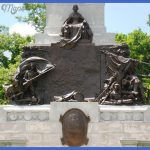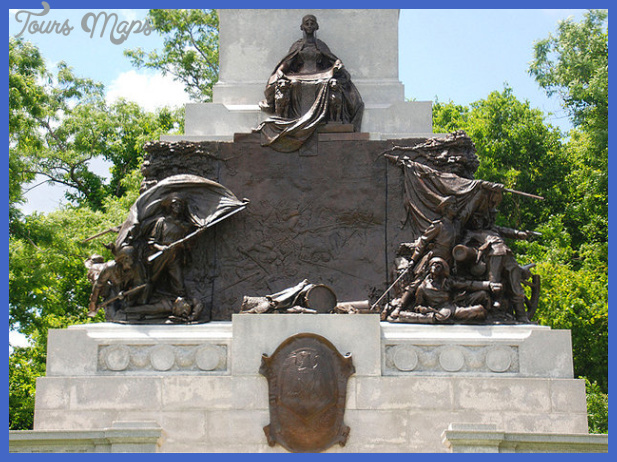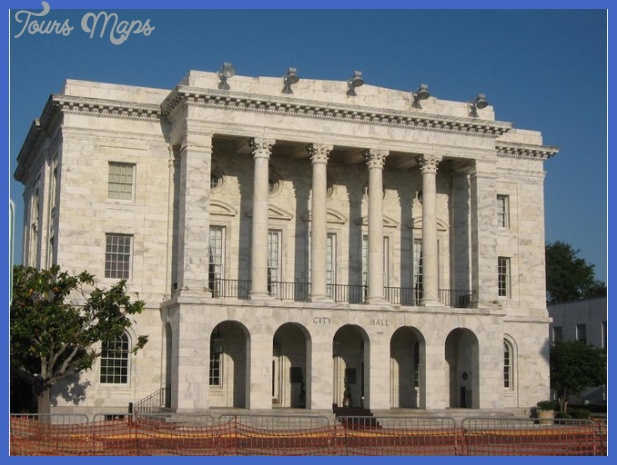Mississippi notable latinos
Landrove, Rafael J. (1893-1976). By drawing New Orleans’s Mexican consulate into the daily struggles of the Delta’s Mexican migrants in the 1920s-1930s, Landrove became its most prominent community leader. Literate and nurturing middle-class aspirations, he sought to utilize the profits of sharecropping and the in-between status of Mexicans in the Delta to advance into its middle class. When his children and the Robledos’ were denied admittance to Gunnison’s white school in 1929, Landrove penned an appeal to the Mexican consulate, which eventually resulted in the children’s admittance to the school. Together with Manuel Solis, he also organized a comision honorifica, or honorary commission, to both foster Mexican patriotism and organize the Mexicans in the area to regulate the cotton market and prevent a disaster in the next harvest because of plummeting cotton prices. The Depression, however, would ultimately thwart Landrove’s goals. The Landroves outlasted most other Mexican families in the Delta, remaining there at least through 1934. They eventually left Mississippi and returned to the Southwest.
Longoria, Valerio (1924-2000). Though this pioneer of Tejano conjunto music grew up in south Texas, he actually was born to migrant farmworker parents on a cotton plantation in Clarksdale. The first to combine lyrics with accordion music and to introduce Colombian cumbia to the conjunto genre, Longoria is known as the genius of con-junto. He spent his life playing in a band with his family, bringing this south Texas musical tradition to Mexican and Mexican American audiences throughout the country. The Mississippi birthplace of this Tejano icon demonstrates both the centrality of south Texas to the pre-1970 Mississippi Latino experience, and the influence of Mississippi, however peripheral, in the lives of the thousands of Tejanos and Texas-based Mexicans who worked the Delta’s cotton plantations as migrants.
Echiburu, Tito (1944-). As one of the few Latinos in central Mississippi in the 1970s, Echiburu used his Latin American connections and language skills to spearhead the first successful effort to recruit Latinos to central Mississippi’s poultry industry. He had first come to Mississippi State University from Chile on a tennis scholarship in 1962, and he later returned to the region in 1973 to take a position as chief financial officer of B.C. Rogers Poultry. In 1993 after the plant’s owner, John Rogers, saw a news report about high Latino unemployment in Miami, he sent Echiburu there to recruit workers for the difficult-to-fill night shift. Recruiting mostly Cubans, Dominicans, and Central Americans, Echiburu filled bus after bus with Latino workers bound for the Rogers plant in Mississippi. Thus began B.C. Rogers’s Hispanic Project. Soon, a Mexican American man from California took over the project, recruiting more Mexican workers from south Texas. As other poultry plants followed suit, bringing workers from as far as Argentina, Colombia, and Peru, Central Mississippi’s diverse Latino community was born.
Thompson, Marie (1957-). A third-generation Latino American with family roots in south Texas and Peru, Thompson arrived in Vicksburg in 2001. There, she found that recent Latino migrants to the area assumed she spoke Spanish because of her appearance. Dusting off a language she had not used since childhood, Thompson became the unofficial translator and advocate for the area’s burgeoning Latino population. However nascent the immigrants’ rights movement in central Mississippi may be, Vicksburg is a decade behind. Working as welders and laborers for a large oil rig manufacturing company and its subcontractors, the area’s Latino workers have no formal organizations representing them. Thus, Thompson tries to balance advocacy with reality: if she pushes employers too far, they may refuse to deal with her. Working alone to help Latino workers communicate with employers, doctors, and city officials, she also distributes pamphlets originally produced by organizations representing central Mississippi’s poultry workers.
Medina, Joel (1968-). In 2004 Medina became the first Latino officer in Mississippi’s Southern Baptist Convention. Originally from Puerto Rico, Medina worked at an auto parts shop and as a bank teller after arriving to Scott County in 1996. Though most Latin Americans are Catholic, Protestantism dominates the rural South, and Protestants have long spotted an opportunity for evangelism among Latino newcomers. Noticing Medina’s nascent ministry work in the late 1990s, Southern Baptists invited him to start a church of his own in Carthage. They provided him with a trailer and some funds, and thus began the Iglesia Internacional las Americas. Like other clergy in the area, Medina ministers mostly to poultry workers and their families, and he provides an array of supports, such as English classes and emergency food supplies, in addition to spiritual leadership. Medina also works as a chaplain at the Tyson poultry processing plant.
Salvador, Natanael (1968-). A leader of Mam-speaking indigenous Guatemalans in Carthage, Salvador was among the first group of Latinos recruited to the area’s poultry processing plants. After crossing the border to pick oranges in Florida, Salvador followed the lead of some Cubans who recruited him to work in Mississippi in 1995. Though turnover among the area’s early Latino workers was extraordinarily high, Salvador remained in the area. Despite his limited English skills, he quickly became a resource for newly arrived workers, particularly Mam speakers, helping them navigate the health care, school, and court systems of rural Mississippi. He has also served as a union steward in the chicken plant where he works.
Mississippi Guide for Tourist Photo Gallery
Maybe You Like Them Too
- The Best Cities To Visit in The World
- World’s 10 Best Places To Visit
- Coolest Countries in the World to Visit
- Travel to Santorini, Greece
- Map of Barbados – Holiday in Barbados














